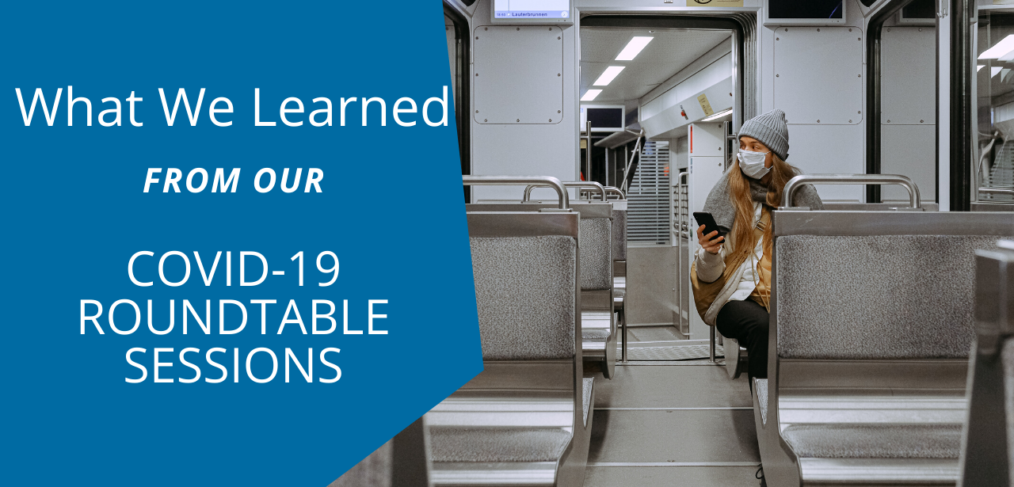Over the last few weeks, we held a series of roundtable webinar sessions to enable community and stakeholder engagement professionals around the world to share ideas and ask questions about how they are engaging their community during social distancing enforcements.
Most public engagement professionals are still in the beginning stages of figuring out what works when engaging community and stakeholders during isolation. While these points are not the answer on how to engage while social distancing, we pulled together some topics, ideas, and questions that came from these roundtable sessions.
Are we losing key parts of the community voice?
- Shifting to online engagement has a number of advantages, but it does present difficulties when trying to ensure you continue to engage with groups that don’t have the necessary tools or sufficient internet connection.
- Remote communities, the elderly and stakeholders that have traditionally preferred face to face engagement and interaction can be particularly affected.
- We need to ensure that those people who are feeling isolated still feel like they have a voice.
- Engagement professionals are being creative in finding ways to connect with these groups by thinking about where they are likely to be going (e.g. Supermarkets) and making sure they are extremely cautious about any in-person interactions
Traditional engagement methods make a comeback
- Engagement professionals are blending a mix of digital and more traditional engagement approaches such as radio, letterbox drops, posters and flyers that provide information and prompt people to provide feedback or engage online or via phone.
- In some cases, this is leading to richer data as people seem to enjoy engaging remotely.
- The lack of face to face engagement through town halls, site tours, etc. does make it difficult to maintain a ‘human face’ to your engagement. Particularly important for potentially controversial projects.
- Though it’s too soon to tell if the shift to a blend of modern and old school approaches has ultimately improved the overall quality of engagement and if it will fundamentally change engagement for the long-term.
Can isolation bring out the silent majority?
- Many engagement professionals have experienced an increased level of interaction and engagement with groups that have been less engaged before.
- This might be due to more people being at home during normal working hours and potentially having more time to voice their opinion.
- Some have even seen complaints relating to a breach of the rules around social isolation on their project sites as a new type of interaction to manage.




